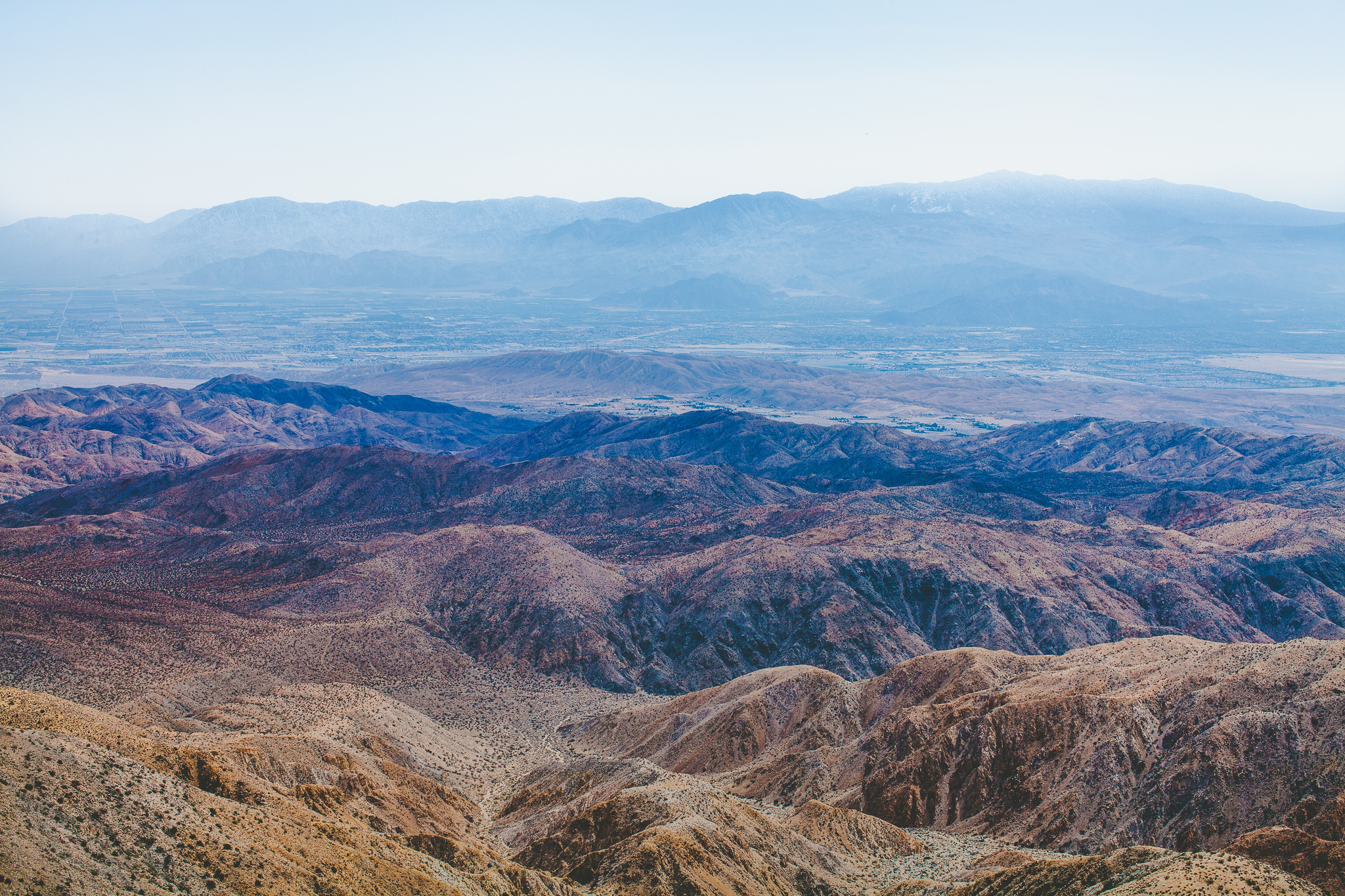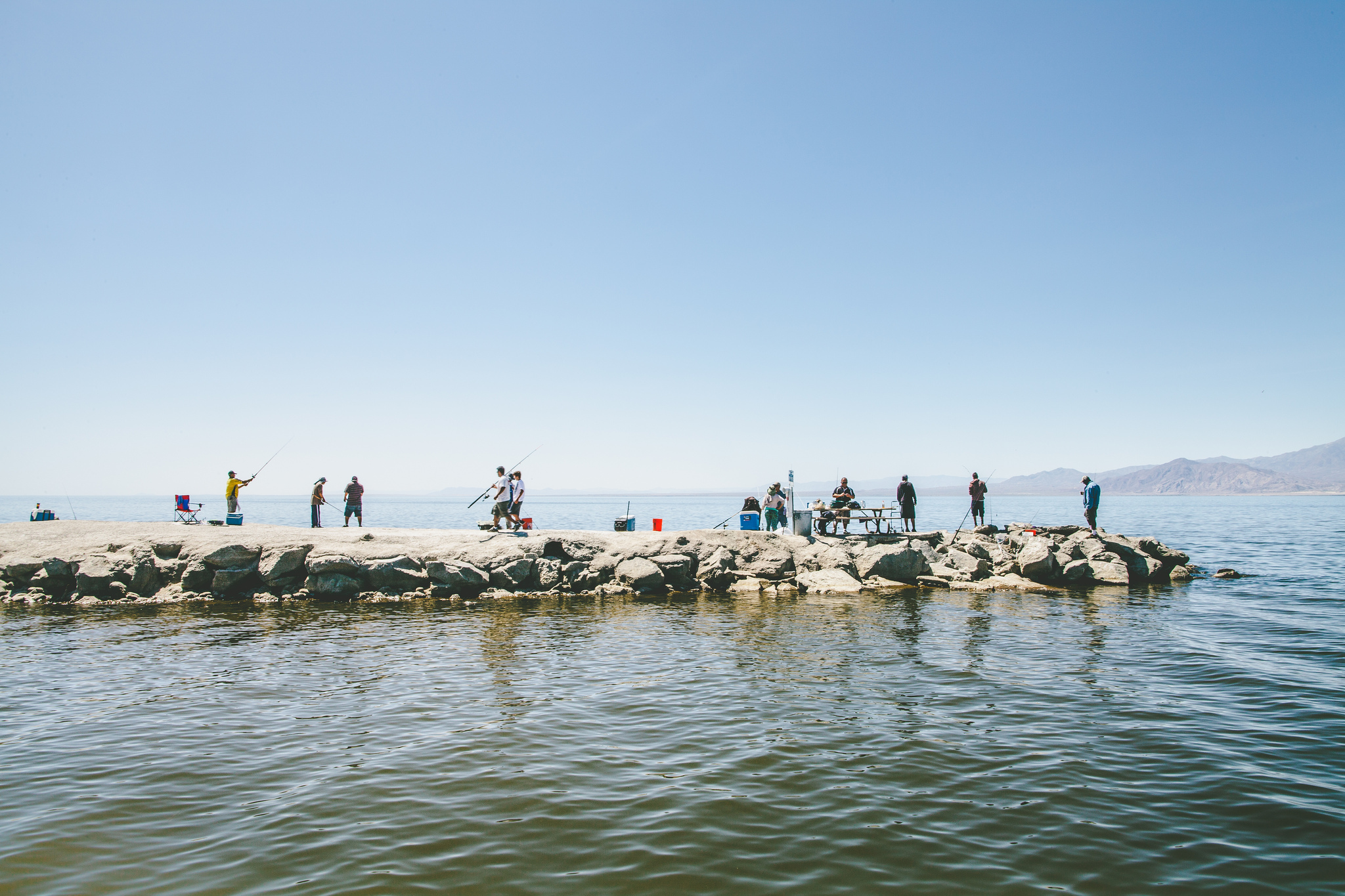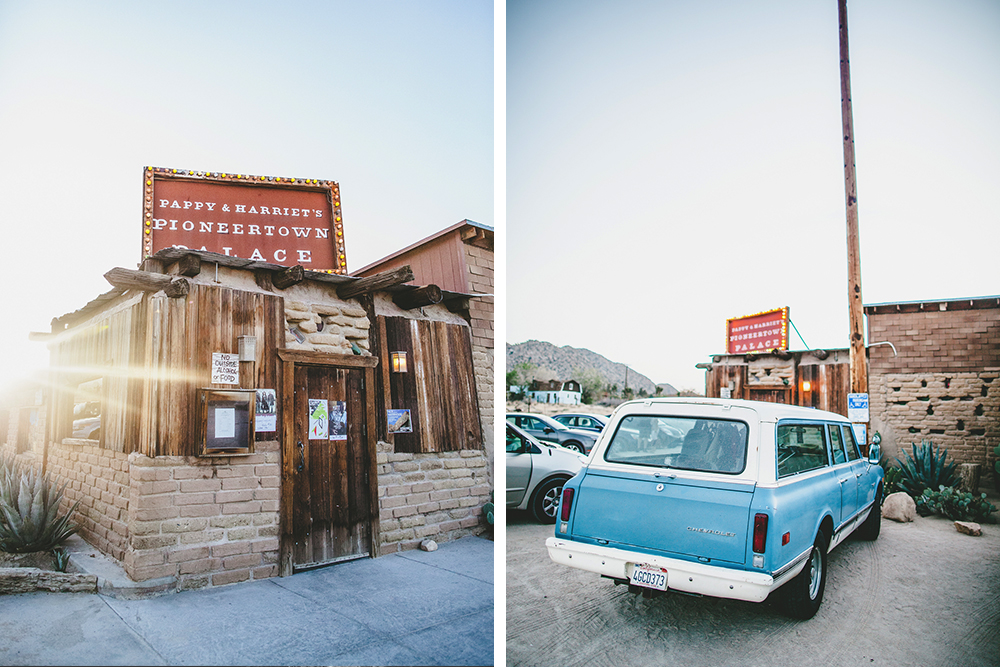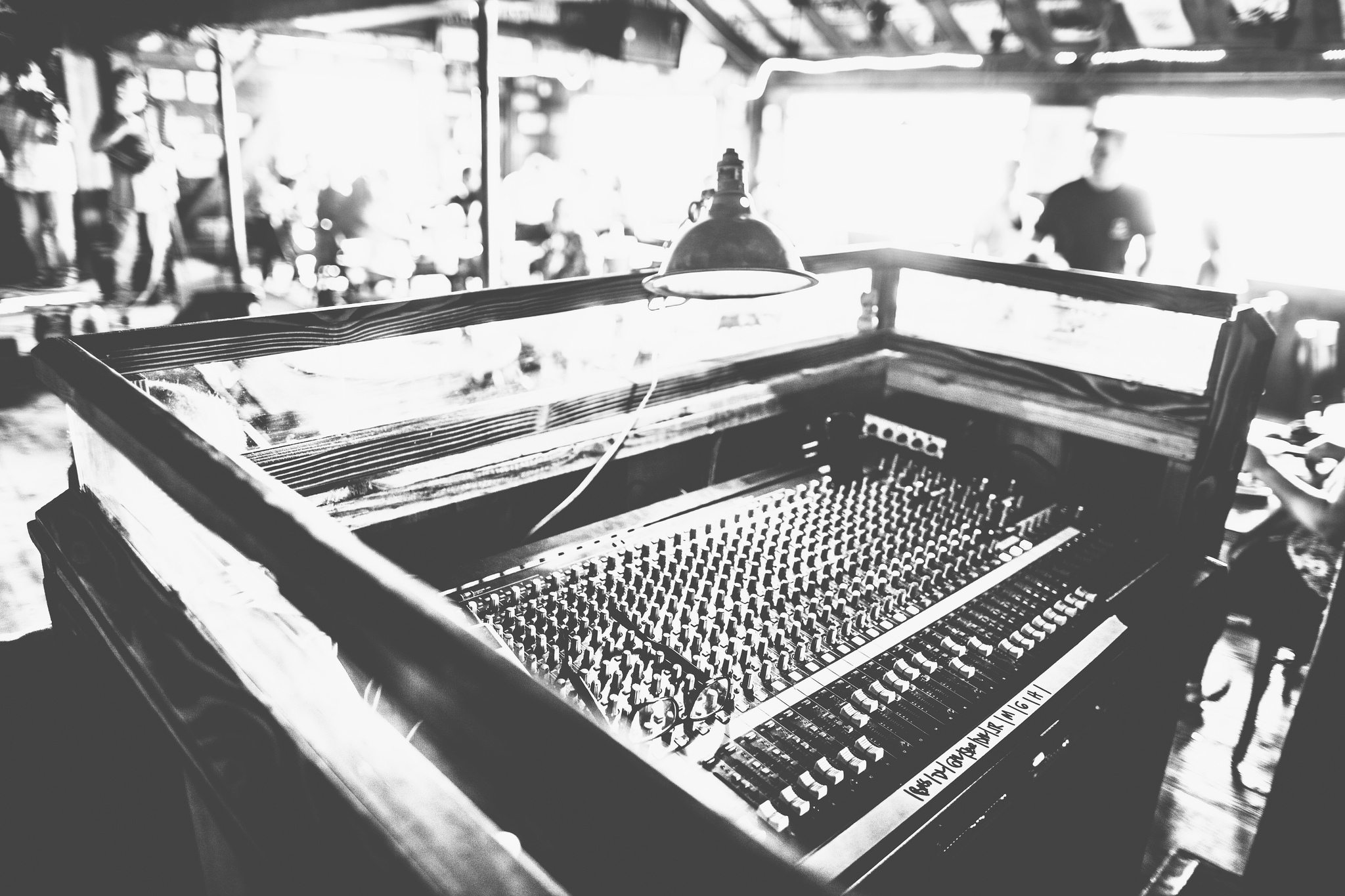Heading south east from Los Angeles into the dessert for the first time, you might forgive me for wondering where I’d be able to find a good beer along the way. Halfway to Palm Springs, I was lucky enough to have someone point the way to Hangar 24 Brewery out near a municipal airport in Redlands. That oasis would prove to be my last real source for good beer for awhile — but for what it’s worth, a part of me is still living off the sun-soaked memory of that stop-over as I sit here in wintery Chicago reflecting on the journey.
Craft beer, with over 2,500 breweries, countless new tap handles being won in sports bars and roadhouses across the country, and leaders like New Belgium and Lagunitas stepping up to the next, almost-ungodly levels of production might seem ubiquitous at this point. Beer writers and mainstream media love to question the “saturation point” of craft beer, wondering when the “bubble” might burst. Well, let me show you how far we still have to go.
A little history
Beer in America was a local and regional product until Adolphus Busch utilized new technologies to take on the country as a whole. He was the first to pasteurize his beer to keep it fresh, first to use mechanical refrigeration, and the first to bottle extensively. All this during a time when Coca-Cola hadn’t even been invented yet, let alone widely distributed. The innovation and determination of Adolphus Busch built a logistical backbone in this country for consistent, ubiquitous access to products — creating the very concept of a national beer brand.
Now, after a century of prohibition, consolidation, and limited choices, national brands have fallen our of favor as our preferences return to small, locally crafted, and locally owned businesses across the board — not just in beer, but perhaps especially so. And the plethora of choice we have now, is such stark comparison to just a decade ago, is what inspires anxiety in some that we might be out over our skis a bit with craft beer in America. But as I turn off Interstate 10 and set course for the Salton Sea in the middle of California’s Colorado Desert, with Hangar 24 and Palm Springs fading like a hazy memory behind me, all I see is open highway for the movement. Miles and miles of it.
The Salton Sea, and Bombay Beach
Out this way, you don’t find much in the way of refreshment. Even the Salton Sea itself, a shallow rift lake on the San Andreas Fault has only salt water to offer up travelers. Formed by a man-made flood in 1905, this accidental geological feature turned into one of the Coachella Valley’s biggest attractions throughout the 1950s, full of resorts and boat parties, much of it centered on Bombay Beach. But periodic flooding and rising salinity levels of the lake means that little marine life has survived, and over time, many of the beach communities were abandoned and left to ruin. Today, small clusters of beach houses are all that remain. In Bombay Beach, only a couple hundred occupants remain, many of them too old or settled in to bother moving on. They use golf carts to get around roughly one square mile of land on the Sea’s shores (the nearest gas station is 20 miles away) and they while away the hours at one of two bars — the Ski Inn, and the only open-to-the-public American Legion in the United States.
It’s here, along the Salton Sea, where every last dollar from a Veteran’s benefit, or social security check, or hard-earned living is counted and stretched. And it’s here, in a wood-panelled air conditioned bar called the Ski Inn, that you won’t be ordering off the draft list even if there is a Fat Tire handle like a beacon of hope. My guess is there aren't draft techs out this way very often. Instead, you reach back to your pre-beer-geek playbook and rely on the date-coded, pasteurized, refrigerated bottles from breweries like Budweiser and Pacifico. And when you put it up to your sweaty forehead, you might be inspired, like I was, to reflect on the American ingenuity that not only makes this beer in my hand a welcome sight, but makes the craft beer we’re drinking across the country possible. That backbone of refrigerated trucks and rail cars, and the accompanying distribution network funded by brands that went national over a century ago, is the great curse, and platform for opportunity that craft brewers in 2013 are wrestling with, for better and worse, every day.
At the other end of a dirt road is the second favorite watering hole in Bombay Beach — American Legion Post 801 — the lowest sea-level outpost in the United States, only an hour from the Mexican border, and across the valley from where General Patton himself used to run drills with his company in the desert. Our host, with a super-sized plastic cup filled with iced orange juice and vodka in his hand, pointed toward the hills — “Patton used to take his tanks right up through that valley. Run attacks up against the shore just down that way.”
This Legion Post hardly serves a veteran community more than a few strong, so its charter was opened, according to our host, with an amendment enabling them to serve the public for the first time in the Legion's history. Down the road a stretch is a resort frequented by wintering Canadians — "snowbirds" as he calls them — which frequent these two bars when they want a little time off-campus with the locals. Quite the scene it must be in the heat of the season, serving a bunch of Mexican beers to Canadians in the American desert.
We set off in the direction of General Sherman himself, off the main road, through the mountains and into irrigated orchards situated like rice patties in the middle of sand and stone. To our north was the southern entrance to Joshua Tree National Park, and some of the most amazing geography I’ve ever seen. It was the bumpy, slow road back, but it was worth it, if for nothing more than the sense of dangerous isolation even an overheating radiator would have meant for us at that moment.
Joshua Tree and Pioneer Town
Part moon landing, part mission to mars, Joshua Tree’s stubby landscape rolls like an ancient grove untended for a millennia. Rocks as cartoonish as the Flinstones pile on each other in small clusters. Families and climbers in bright colored outdoor gear, backpacks, and sunglasses gather around for short walks and easy bouldering. Road runners scurry into the brush and ravens perch atop the trees. A few hours in this kind of sun, with little shade nor a hint of humidity, and you can conjure the flavor hops with just your own mind.
We spent the afternoon feeling small. And incredibly young. Not "in our early 30s young" but universally, compared to the age of the earth, infinitesimally young.
Just northwest of the park past Yucca Valley is a sought-after BBQ joint with good beer and music, we were told, called Pappy & Harriets Pioneertown Palace. Hungry, dehydrated, and almost a full day without a well-hopped ale, hardly a nudge was necessary. Up in the hills, in a stretch of civilization called Pioneertown, Pappy & Harriets is the welcome sign to what appears to be a mining town from the 49ers days — and in fact it is — but from the movies, not the movement. In the 1940s it was built as a motion picture set for a number of Westerns, and re-enactments are performed to this day. After a fire in 2006, much of the surrounding desert was burned, but Pappy & Harriets survived.
A former biker bar called The Cantina, the original owner’s daughter and her husband bought the place in 1982 and renamed it Pappy & Harriet’s, and it’s subsequently played host to a number of musical acts like Bonnie Raitt, Band of Horses, and Vampire Weekend. But on our visit, it was slide guitar and fiddle, and some country slow dancing under the lights. Ribs and mac & cheese on the tables. And Lagunitas in almost every mason jar.
Once the kind of places where only mass domestics might have been on tap, or at least bottled and refrigerated, there is now a little oasis in the desert. While much of the craft market is still trying to break into the mainstream in their own local markets, it’s been breweries like Lagunitas that have taken on the burden of clearing the way for the rest of the industry. Forging new relationships, creating new customers, turning tap handles in out-of-the-way places, and producing the volumes needed to reach the fringes of the market. And there are more every day across the country thanks to our newest national backbone for beer — a consumer demand that's nowhere near its saturation point, and a passion and ingenuity among our newest producers that’ll make sure there’s always plenty to go around — even in the beer deserts.
The infrastructure and dedication that Adolphus Busch put into the service of beer in this country is exactly what now makes it possible for me to belly up to a bar in the middle of the desert and order an IPA that I know will taste exactly how I've come to expect it. And maybe that could of all happened a different way. And maybe it doesn't have to continue being a curse and a blessing for today's craft brewers. And maybe you don't see it that way at all. I'm okay with that, truly I am. But I was goddamn proud in that moment — of how serious we are in the US about craft beer. Hell, I'm proud of how serious we are about beer in general. And that's nothing new. We've been taking beer seriously since we landed here — we want it cold, fresh, and everywhere we go. Because even in places where water might be considered a luxury‚ we damn well better have good beer.




















































